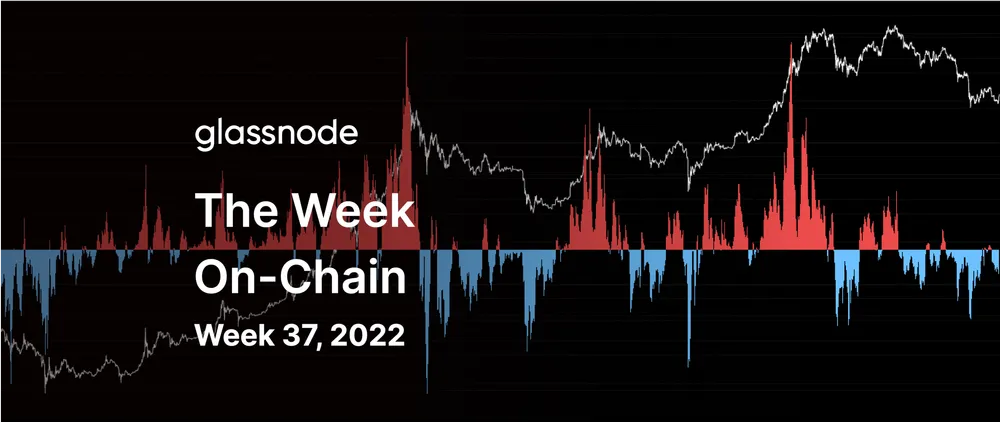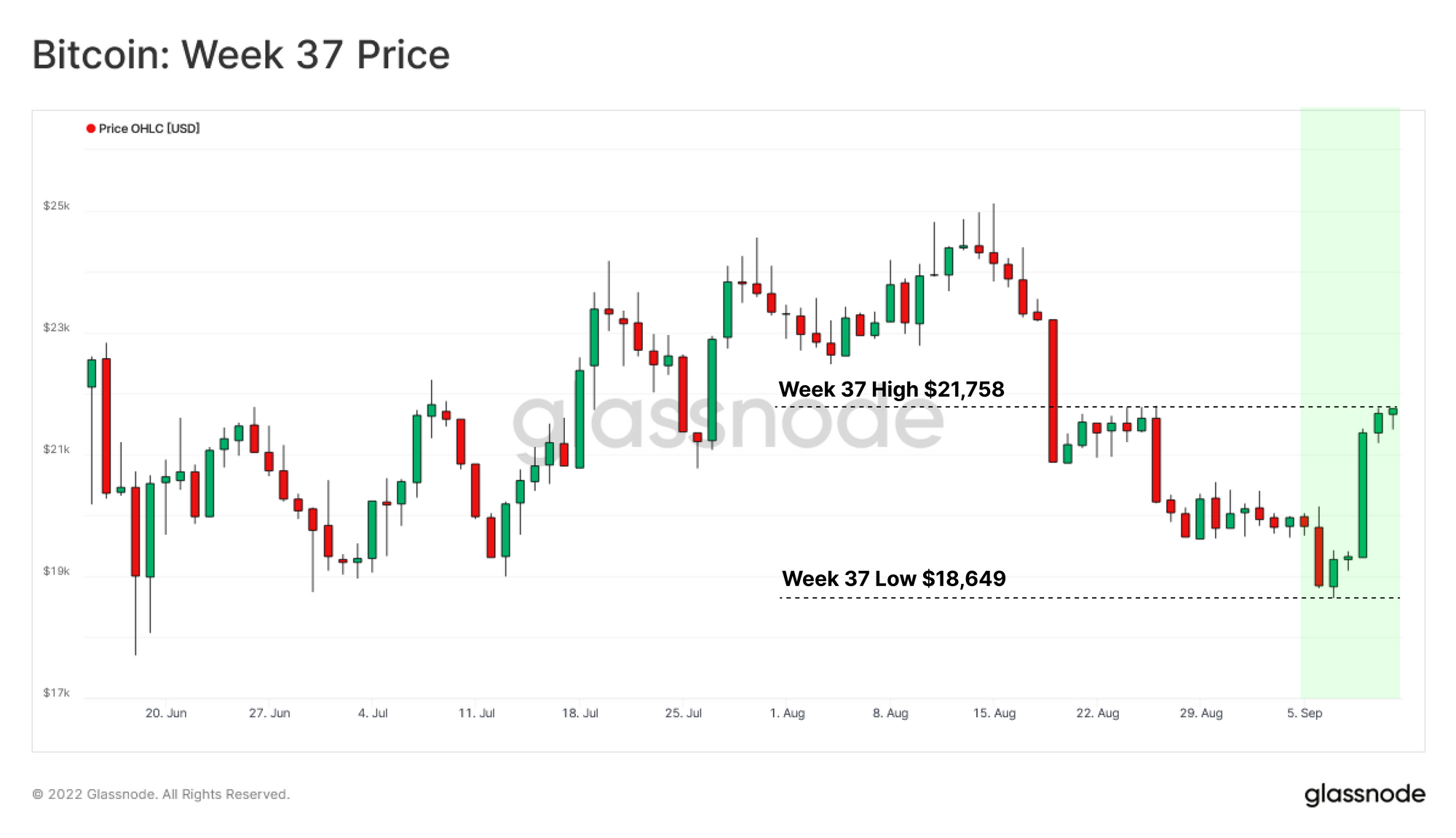A Rally Off the Bear Market Lows
After the market rejected a rally to $24.5k, Bitcoin prices have dropped to $18.5k setting the second lowest low of the bear cycle. This has plunged over 11.8% of the supply back into an unrealized loss, allowing us to survey the risk of downside, and the possibility of bottom formation.

Bitcoin markets have experienced a powerful rally, bouncing off the second lowest low ($18,649) of the prevailing bear market. Prices peaked at $21,758, but remain firmly within the consolidation range which has now been established for more than three months.
Since mid-August, the market has been trading down from the consolidation rage high, which peaked at around $24.5k. As the market reaches towards the range low this week, we have an opportunity to observe the volume of coins that flipped from an unrealized profit (at $24.5k) to an unrealized loss through this process. These moments provide valuable insight on to the degree of coin accumulation, and cost basis concentration within an established consolidation range.
In this edition, we will zoom in on this concept of on-chain cost basis, and changing coin profitability. We will also analyze a very rare event, where three ~5k BTC whale sized transactions, aged 7y-10y, were spent over recent weeks. These coins were accumulated back in Dec-2013, realizing over $163M in profit.

Translations
This Week On-chain is now being translated into Spanish, Italian, Chinese, Japanese, Turkish, French, Portuguese, Farsi, Polish, Arabic, Russian, Vietnamese and Greek.
We are also proud to have launched new social channels for:
- Spanish (Analyst: @ElCableR, Telegram, Twitter)
- Portuguese (Analyst: @pins_cripto, Telegram, Twitter)
- Turkish (Analyst: @wkriptoofficial, Telegram, Twitter)
- Farsi (Analyst: @CryptoVizArt, Telegram, Twitter)
The Week Onchain Dashboard
The Week Onchain Newsletter has a live dashboard with all featured charts

